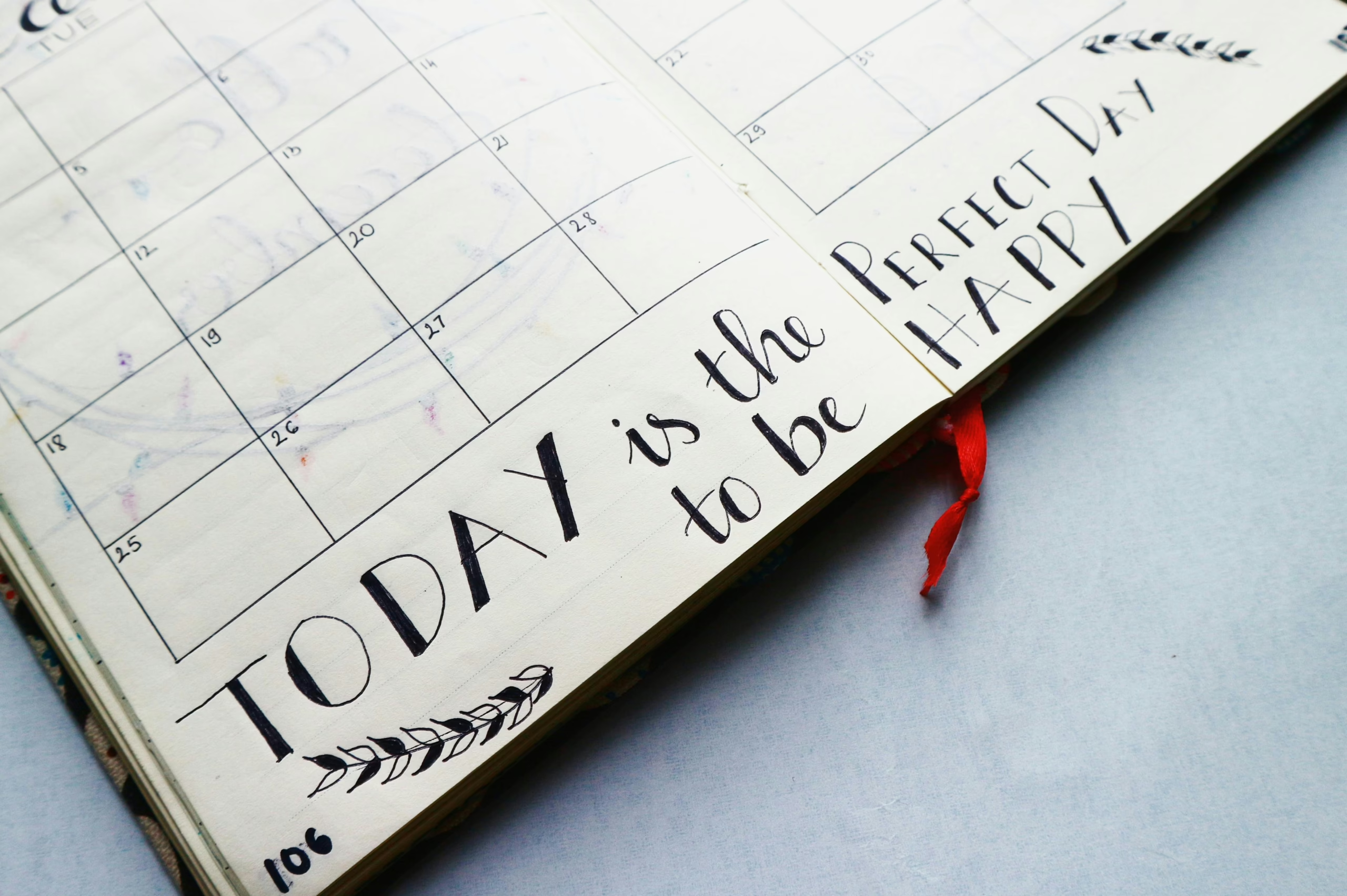Learning a new language can feel overwhelming without proper organization. The key to success lies in creating a structured calendar that balances all four essential language skills: reading, grammar, listening, and vocabulary. This comprehensive guide will help you design the perfect study schedule that maximizes your learning potential while maintaining consistency.
Why You Need a Language Learning Calendar
A well-structured language learning calendar serves as your roadmap to fluency. Without proper planning, many learners jump randomly between different skills, leading to uneven progress and frustration. Research shows that consistent, balanced practice across all language components leads to faster and more sustainable results.
The Four Pillars of Language Learning
Before diving into calendar organization, let’s understand the four core components:
Reading develops comprehension skills and exposes you to natural language patterns. It builds vocabulary in context and improves understanding of grammar structures through exposure.
Grammar provides the foundation for correct language use. It helps you understand sentence structure, verb conjugations, and the rules that govern how words connect meaningfully.
Listening trains your ear to recognize sounds, rhythm, and intonation. It’s crucial for real-world communication and helps you understand native speakers at natural speed.
Vocabulary expansion gives you the words you need to express ideas. A robust vocabulary is essential for both understanding others and expressing yourself clearly.
Weekly Calendar Structure: The Balanced Approach
Monday: Fresh Start with Reading
Begin each week with reading practice when your mind is fresh and focused. Dedicate 30-45 minutes to reading materials slightly below your current level. This could include news articles, short stories, or graded readers. Focus on understanding the main ideas rather than every single word.
Morning routine: 20 minutes of intensive reading with a dictionary Evening routine: 15 minutes of extensive reading for pleasure
Tuesday: Grammar Foundation Day
Tuesday is perfect for tackling grammar concepts when you’re still energized from the week’s start. Spend 40-60 minutes on grammar exercises, focusing on one specific topic per session.
Structure your grammar study:
- 15 minutes reviewing previous concepts
- 30 minutes learning new grammar rules
- 15 minutes practicing with exercises
Wednesday: Listening Skills Development
Mid-week is ideal for listening practice as it requires active concentration. Dedicate 35-50 minutes to various listening exercises, from podcasts to music to conversation practice.
Listening progression:
- 10 minutes: Listen to familiar content for warm-up
- 20 minutes: Challenge yourself with new material
- 15 minutes: Repeat difficult sections for clarity
Thursday: Vocabulary Expansion
Thursday serves as your vocabulary power day. Spend 30-45 minutes learning new words and reviewing previously learned vocabulary using spaced repetition techniques.
Vocabulary strategies:
- Learn 10-15 new words with example sentences
- Review 20-30 words from previous days
- Use new vocabulary in writing or speaking exercises
Friday: Integration and Review
Friday combines all skills in a mixed practice session. This integration helps you see how reading, grammar, listening, and vocabulary work together in real communication.
Integration activities:
- Watch a video and take notes (listening + vocabulary)
- Read an article and discuss it (reading + grammar)
- Write a summary using new vocabulary (writing + vocabulary)
Weekend: Flexible Practice and Fun
Saturday and Sunday offer flexibility for longer sessions or enjoyable activities. This might include watching movies, having conversation practice, or exploring cultural content in your target language.
Monthly Calendar Organization
Week 1: Foundation Building
Focus on establishing routines and reviewing basics. Set achievable goals for each skill area and track your progress daily.
Week 2: Skill Development
Increase difficulty levels slightly and introduce new challenges. This is when you push beyond your comfort zone while maintaining consistency.
Week 3: Integration and Application
Combine skills more frequently and practice real-world scenarios. Focus on using language practically rather than just studying about it.
Week 4: Review and Assessment
Evaluate your progress, identify weak areas, and adjust your calendar for the following month. Celebrate achievements and set new goals.
Daily Time Allocation Guide
Beginner Level (30-45 minutes daily)
- Reading: 10-15 minutes
- Grammar: 10-15 minutes
- Listening: 10-15 minutes
- Vocabulary: 10-15 minutes
Intermediate Level (45-60 minutes daily)
- Reading: 15-20 minutes
- Grammar: 15-20 minutes
- Listening: 15-20 minutes
- Vocabulary: 15-20 minutes
Advanced Level (60-90 minutes daily)
- Reading: 20-25 minutes
- Grammar: 15-20 minutes
- Listening: 20-25 minutes
- Vocabulary: 15-20 minutes
Creating Your Personal Language Learning Calendar
Step 1: Assess Your Current Level
Honestly evaluate your strengths and weaknesses in each skill area. This helps you allocate more time to areas that need improvement.
Step 2: Set Realistic Goals
Define what you want to achieve in the next month, three months, and six months. Make goals specific and measurable.
Step 3: Choose Your Materials
Select appropriate resources for each skill area. This might include textbooks, apps, podcasts, videos, and online exercises.
Step 4: Schedule Your Study Time
Block out specific times in your calendar for language learning. Treat these appointments as seriously as you would any other commitment.
Step 5: Track Your Progress
Keep a simple log of what you studied each day and how you felt about the session. This helps you identify patterns and make adjustments.
Tips for Calendar Success
Consistency beats intensity. It’s better to study 30 minutes daily than three hours once a week. Regular exposure helps your brain process and retain information more effectively.
Build habits gradually. Start with shorter sessions and gradually increase duration as language learning becomes part of your routine.
Allow for flexibility. Life happens, and your calendar should accommodate unexpected changes. Have backup plans for busy days.
Include variety. Mix different types of materials and activities to keep your practice engaging and prevent boredom.
Schedule breaks. Include rest days or lighter practice sessions to prevent burnout and maintain long-term motivation.
Common Calendar Mistakes to Avoid
Don’t neglect any single skill area for extended periods. All four components work together, and weakness in one area can hinder overall progress.
Avoid cramming all practice into weekends. Distributed practice throughout the week is more effective than intense weekend sessions.
Don’t skip review sessions. Regular review of previously learned material is crucial for moving information from short-term to long-term memory.
Resist the urge to constantly change your schedule. Give your calendar at least one month to work before making significant adjustments.
Adapting Your Calendar for Different Learning Styles
Visual Learners
Incorporate more reading and visual materials. Use colorful calendars, charts, and mind maps to organize your study schedule.
Auditory Learners
Emphasize listening activities and consider recording yourself reading vocabulary lists or grammar rules.
Kinesthetic Learners
Include physical activities like writing by hand, role-playing, or using gestures while practicing vocabulary.
Technology Tools for Calendar Management
Modern technology offers excellent tools for organizing your language learning calendar. Digital calendars can send reminders, track streaks, and sync across devices. Language learning apps often include built-in scheduling features and progress tracking.
Consider using habit-tracking apps that gamify your daily practice, making it more engaging to maintain consistency. Many learners find that checking off completed tasks provides motivation to continue.
Measuring Progress and Adjusting Your Calendar
Regular assessment helps you understand whether your calendar is working effectively. Monthly reviews should examine not just what you studied, but how well you retained information and whether you can apply it in real situations.
Keep notes about which activities felt most productive and which seemed less effective. This information helps you refine your approach and optimize your time allocation.
Long-term Success Strategies
Building a sustainable language learning practice requires patience and persistence. Your calendar should evolve as you progress, with increasing emphasis on practical application and real-world use of the language.
Remember that language learning is a marathon, not a sprint. The most successful learners are those who maintain consistent practice over months and years, rather than those who practice intensively for short periods.
Conclusion
A well-organized language learning calendar is your blueprint for success. By balancing reading, grammar, listening, and vocabulary practice throughout your week, you create a comprehensive approach that develops all essential language skills simultaneously.
Start with the framework provided in this guide, but don’t hesitate to adapt it to your personal needs, schedule, and learning style. The best calendar is one that you’ll actually use consistently. With dedication and proper organization, you’ll find yourself making steady progress toward your language learning goals.
Remember, the journey of language learning is as important as the destination. Enjoy the process, celebrate small victories, and trust that consistent practice will lead to fluency over time.







